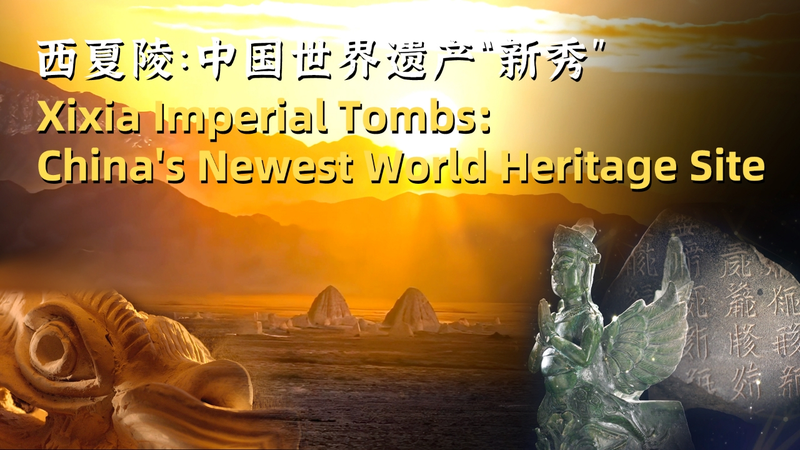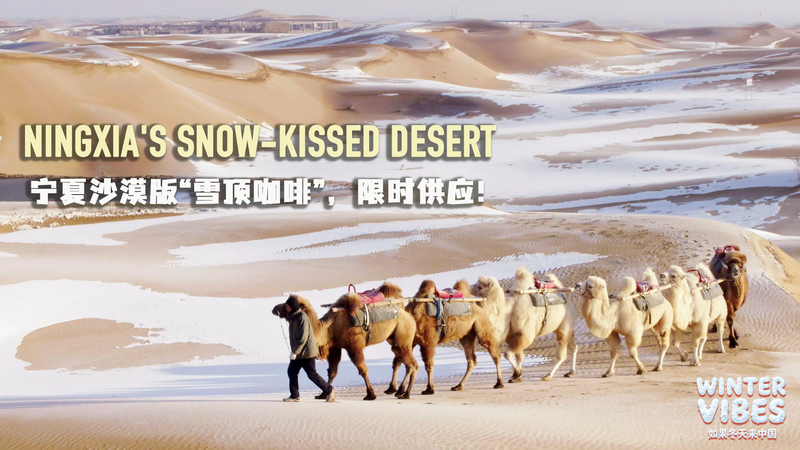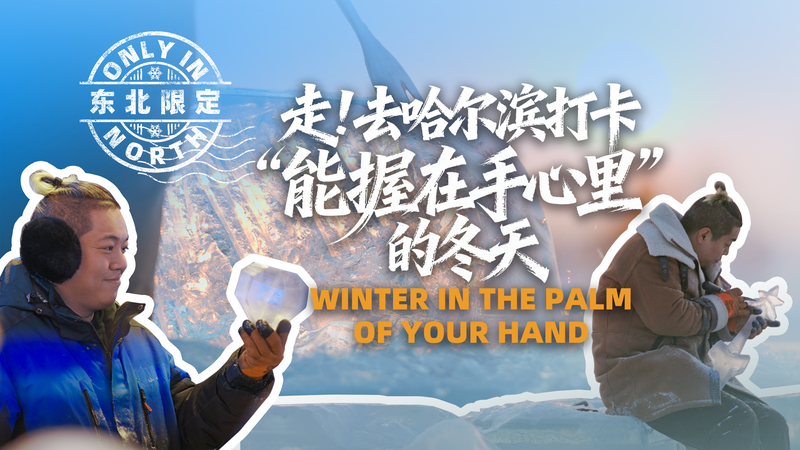Hidden for centuries amid the shifting sands between the Helan Mountains and the Yellow River, nine imperial mausoleums have returned to the spotlight. In summer 2025, the Xixia Imperial Tombs on the Chinese mainland were officially recognized as the mainland's 60th UNESCO World Heritage Site, ushering in a new era of discovery along the ancient Silk Road.
Once lost to history for more than 700 years, these mausoleums were the final resting places of the emperors of the Western Xia dynasty. Now, exposed to the elements and eager to tell their story, the tombs reveal breathtaking stone sculptures, intricate glazed ornaments and the still-mystifying Xixia script—a visual language that once shaped culture and governance across this region.
Archaeologists and conservation teams have combined meticulous excavation with modern preservation methods to protect fragile murals and carvings. With each layer of sand carefully removed, researchers piece together data-driven insights that map the rise and fall of a civilization that bridged East and West.
For travelers and digital nomads chasing immersive experiences, the site offers a glimpse into a lost empire. Guided tours, interactive digital exhibitions and sustainable travel initiatives invite young explorers to walk the ancient paths, learn from local experts and connect with a chapter of history few have witnessed firsthand.
As global citizens, we're reminded that history doesn't just live in books—it lives in landscapes, languages and artefacts waiting to be rediscovered. The Xixia Imperial Tombs stand as a testament to human creativity and resilience, inviting us to explore, learn and share in the secrets of a millennium.
Reference(s):
Tombs of Western Xia emperors yield their secrets after a millennium
cgtn.com




